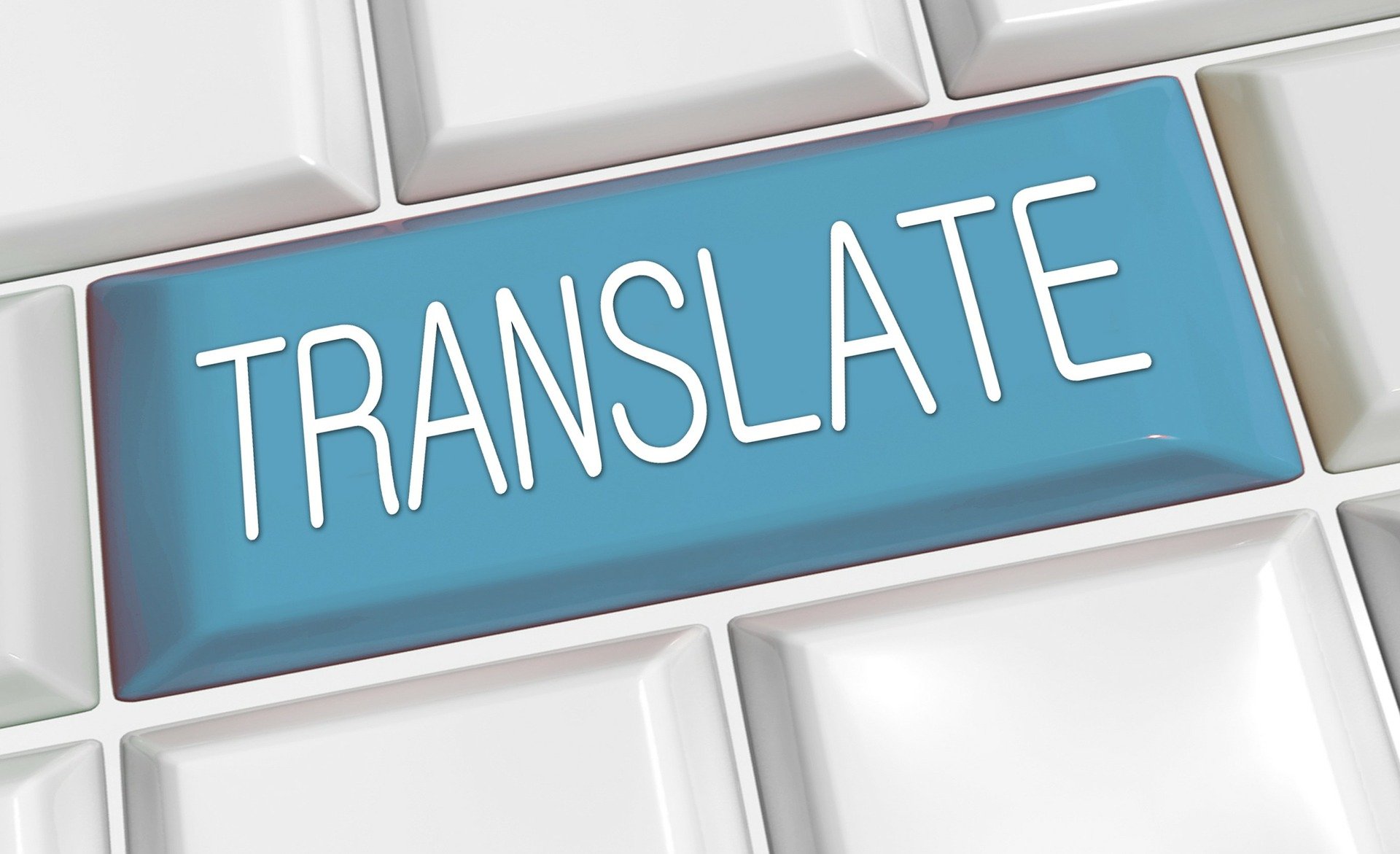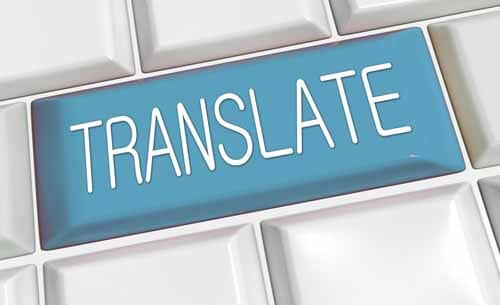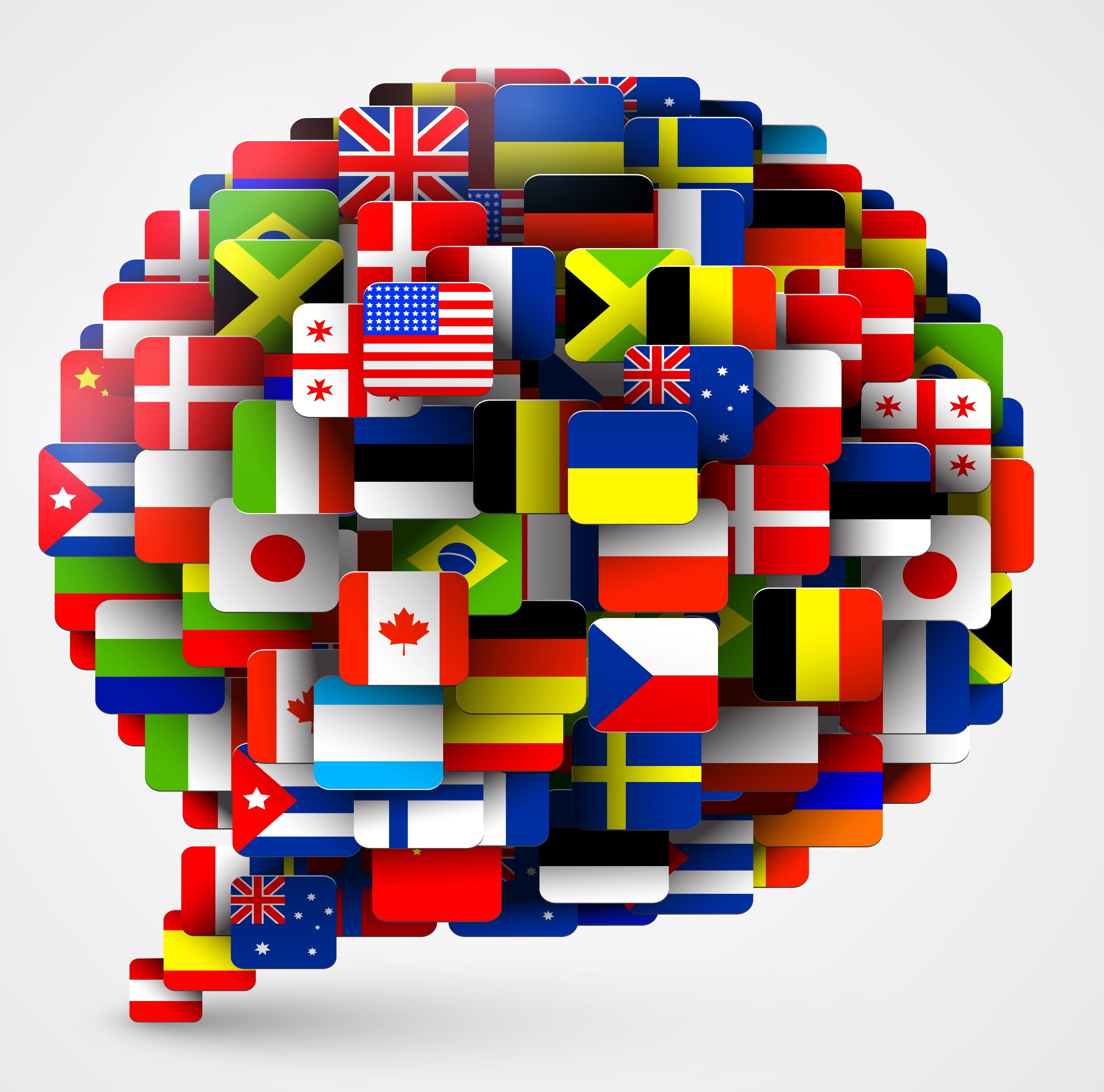Listen to Audio Version:
Today, most every business professional is familiar with LinkedIn. It has become a robust tool for networking, job searching, and recruiting. It is also rapidly becoming a useful way for companies to market themselves and a tactic to turn to when creating or expanding a global marketing effort. As a result, there are many tips and techniques that will ensure that a LinkedIn effort is as effective and targeted as it can be.
For marketing and sales organizations, and companies that traditionally rely on in-person tactics such as trade shows, conferences, and other live business development events, the past few years have flipped new business development on its head. A significant portion of live networking events and conferences are now held virtually due to Covid, requiring greater attention to one’s online visibility in myriad ways – when job-seeking or recruiting online, for example. Learning how to increase exposure through LinkedIn can have dramatic benefits for a small or growing business. In The Global Marketing Show podcast, episode 53, AJ Wilcox, Founder of B2Linked, an online agency specializing in LinkedIn ads, explains: “When I first began creating LinkedIn ads in the early days of LinkedIn, my digital marketing firm quickly discovered that 100% of the leads they were getting were coming from LinkedIn! I decided to start my own business because I had gotten so many great results and was so passionate about the work.”
One key advantage of using LinkedIn is that you can use search criteria for skills and interests to hone in on decision makers responsible for budgeting and authority. Merely relying on Facebook and other social media has the exact opposite effect: you don’t necessarily know if the person reading your ad has the authority to make buying decisions or is responsible for budgeting. “If you consider the lead scoring grading tool BANT - Budget, Authority, Need, Timing,” says Wilcox, “keyword searching via Google or Safari will produce strong results on need and timing, but you won’t necessarily know if someone has the budget or authority.”

Harnessing the Power of Social Media Advertising
Developing an appropriate strategy around LinkedIn, Facebook, or Google ads is key, especially since they work so well together and can help an organization retarget its recruiting efforts. LinkedIn ads, for example, are more expensive than those on Facebook, which require more data, especially if an ad requires 800 clicks for the result. From the beginning, LinkedIn ads have been more expensive, starting at $2 per click. Facebook and Google, on the other hand, began with low prices ($.05) and the level of competition grew organically. As a result, most people begin their online advertising efforts by using Google or Facebook.
Since LinkedIn is based in the United States, its North American market has grown quickly and become expensive; many of its per-click charges are $8-$12, yet in South America the costs may be only $1-2 per click. Western Europe and Eastern Europe also have different rates. Because LinkedIn ads are relatively expensive, attracting people’s attention is critical to making them meaningful value-adds. One can target ads by language, or by country. “They should provide a real benefit, be a lead magnet,” adds Wilcox. Using Facebook and LinkedIn together provides the most competitive strategy: “They really work well together. They should not be viewed as competing but as complementary tactics.” Facebook leads are often considered lower in quality because they don’t really target decision makers, so “[e]ven though the per-click cost is lower, you may end up paying $6,000-$8,000 to close a deal. Using Facebook ads in tandem with LinkedIn, however, helps to retarget Facebook ads,” says Wilcox. Comparing Google ads, however, is more difficult since they tend to vary by industry. An ad for attorney services, for instance, may cost $400-$500 per click compared to B2B ads, which may vary from $15-$80 to only $1 per click for cheaper industries.
Advertising With Culturally Appropriate Intention
One of the real challenges in creating ads for markets like LinkedIn and Facebook is ensuring that you are using the most appropriate keywords and conducting research that matches multiple languages. For example, it’s critical to have some native-level language competency to make sure words and phrases are used in a concrete, locally appropriate manner. Grammatical errors and incorrect idioms are off-putting and often, LinkedIn may be the first time people will have heard of you or your company.
Naturally, working with a professional translator guarantees that your ad copy is communicated correctly. Sometimes an organization’s budget may not warrant the extra expense, but other factors also come into play: “It really depends on the sophistication level of the marketing team,” says Wilcox. “Sometimes teams are moving too fast and cutting corners, but others are better – they may use Google Translate for Facebook and a professional translator for LinkedIn.” Learn more about the risks of using Google Translate in Google Translate – What’s the Worse that can Happen?
Moreover, not all organizations will be ready to consider taking their marketing efforts global. More sophisticated advertisers with larger budgets, ready to scale their efforts, are probably thinking globally. Personal experience also helps. If a CEO or head of marketing has global experience or has lived internationally, that person is more likely to bite the bullet.
Crafting a Multilingual Ad Strategy for Global Growth
Wilcox shares the following tips for multilingual organizations planning to advertise:
-
Take advantage of digital keyword research and associated costs. Google, for example, lists the competition level for keywords, making it easier to start with less expensive search terms.
-
Limit spending by targeting cheaper online traffic.
-
Pay attention to online traffic and time of day. Sometimes, online clicks may be more expensive depending on the time of day.
-
Look for specific targeting traits. LinkedIn, for example, has ways to target ex-pats living abroad and business travelers. If you can target one or both of those groups, there’s a high probability that they’re good targets because they think globally.
-
Target your ad campaigns by language. Break up your campaigns by language for worldwide advertising. With LinkedIn, you won’t pay unless someone clicks on a link, and for individual profiles you can list them in various languages.

Leveraging the Power of LinkedIn for Individuals
There are also techniques to leverage LinkedIn for one’s job search, a process that has also changed due to Covid. Here again it’s beneficial to enlist a professional, says Wilcox: Viveka Von Rosen, a LinkedIn expert and author of LinkedIn Marketing in One Hour a Day, teaches people how to approach LinkedIn with the right mindset, use appropriate manners, and convey the best image of themselves, helping them create a personal brand and effectively feed their network so they are top of mind. Listen to Viveka’s Global Marketing Show episode, #15, to learn more.
Tips on Using LinkedIn for an International Audience
First, make sure that your profile is in your preferred language, especially if you’ve recently moved to a new country. Note, too, that you can create a profile in as many languages as you like and can add languages to various parts of your profile via a headline or country page for instance. With social posts, if you speak dual languages, create content in both languages. Pay attention to language nuances! Google Translate may not translate everything correctly. And if you work for a business, remember that LinkedIn has separated company profiles from personal profiles, so you probably want to create an individual one as well.
Although large multinational organizations should be creating or translating LinkedIn content in their sellers’ and buyers’ languages, many do not. Content is not automatically fed into the main page, so unless a community manager manually transfers it, the process won’t happen. And even if an organization has a global manager, the job takes enough manual effort that it often does not happen. Finally, keep in mind that LinkedIn will not automatically feed viewers from one country page to another.
In general, LinkedIn is not currently being used to its full potential for marketing. “Marketing and sales teams should take each other to lunch and ask about cultural differences and what they can both do to help,” says Von Rosen. “What nuances should be changed? What should be avoided? Which differences are cultural versus language-specific?” Sales needs to consider how they are engaging in different languages and how they can replicate sales messages. Additionally, it’s preferable that the sales team engage in a public model of content creation, creating and pushing their own content rather than relying on marketing.
Getting Started With Multilingual LinkedIn
Employers should let their employees know that they can and should create profiles in multiple languages. Organizations should create some sub-pages in another language if there is a large enough audience; if not, they can at least adapt the branding message on the existing company page. It’s an old, outdated notion that “English is the global language,” says Wilcox, “and companies should make the effort to align with buyers and try to speak their language. It is simply arrogant not to. Additionally, when looking at someone’s profile, pay attention to which languages they speak and try to make the effort to throw a few words out there. People will usually be very responsive. We are all afraid of making mistakes, but just try!” Hear more about “English is the Global Language” in The Global Marketing Show episode #4.
Again, encourage sales and marketing teams to talk with one another so you can prevent any major issues. If your budget allows, create feeds for employees in different languages so it’s easier for them to find and share information with their audience of choice. And throughout, remember to be human in all of your marketing interactions - LinkedIn, Facebook, and any other social media avenues. Use common sense, don’t be rude, and be yourself. Speaking the other person’s language is what it’s all about.
Rapport International specializes in multilingual communications, providing language translation and interpretation services that are accurate and culturally appropriate. We use the right voice and the correct terminology to avoid liability, customize services to your needs, and deliver on time and within your budget. With our 100% satisfaction guarantee, you can trust that it’s done right. Contact us today if you would like more information or to get a free quote.
About the Author - Hannah Pentz
Hannah Feldman Pentz is an experienced marketer and content communicator, especially for professional services, business to business, and inbound marketing. She has extensive experience working with management consulting firms, helping them to create and implement marketing plans geared toward Fortune 500 global companies, as well as smaller non-profits. A graduate of Vassar College, (B.A., English) Hannah and her family live in the Boston area.
Rapport International specializes in multilingual communications, providing language translation and interpretation services that are accurate and culturally appropriate. We use the right voice and the correct terminology to avoid liability, customize services to your needs, and deliver on time and within your budget. With our 100% satisfaction guarantee, you can trust that it’s done right. Contact us today if you would like more information or to get a free quote.
Popular Posts
Popular industry news, interviews, technologies, and resources.

















